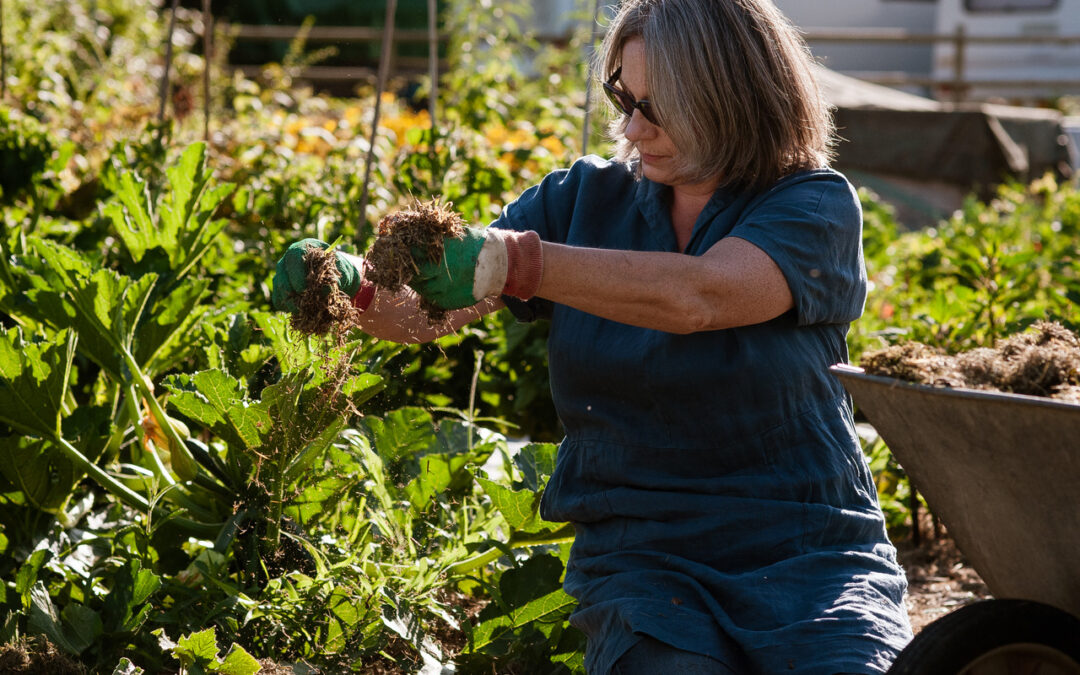Photo: Pete Millson
Rachel Millson, from Symene Allotments in West Road shares her thinking about increasing resilience through growing food:
A couple of times a year the Simene river breaks its banks leaving my allotment submerged under a foot of water. Although the worst of the flooding has always subsided within a day with little damage done it would be wise to expect more severe effects in the future.
In order to get a sense of the challenges ahead I have revisited the Seeding our Future ‘Growing through Climate Change’ report. Although primarily aimed at commercial growers it has helped me think about how to make my allotment more resilient to changing weather patterns. For example, using green manures and interplanting crops will reduce the potential for soil erosion by keeping more of the soil covered throughout the year. If the allotment floods more often, using green manures, whilst undermining my ‘no-dig’ aims, may be protective. However, continuing to build soil quality in any way will improve drainage, allowing the allotment to recover from flooding more quickly.
The report also discusses the crops that may become harder to grow locally in future but also those that may benefit from a change in climate. Consequently this year I will be growing Salsify for the first time. Experimenting with different crops is doubly important when one considers the phenomenon of ‘appetite fatigue’ where people choose to starve rather than adopt unfamiliar foods forced upon them in stressful situations (see Sharon Astyk Independence Days: A Guide to Sustainable Food Storage & Preservation P102) Learning to grow and prepare less familiar adaptive crops now and then sharing them with our friends and family is an enjoyable route to future food resilience.
